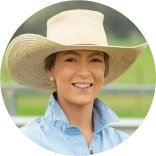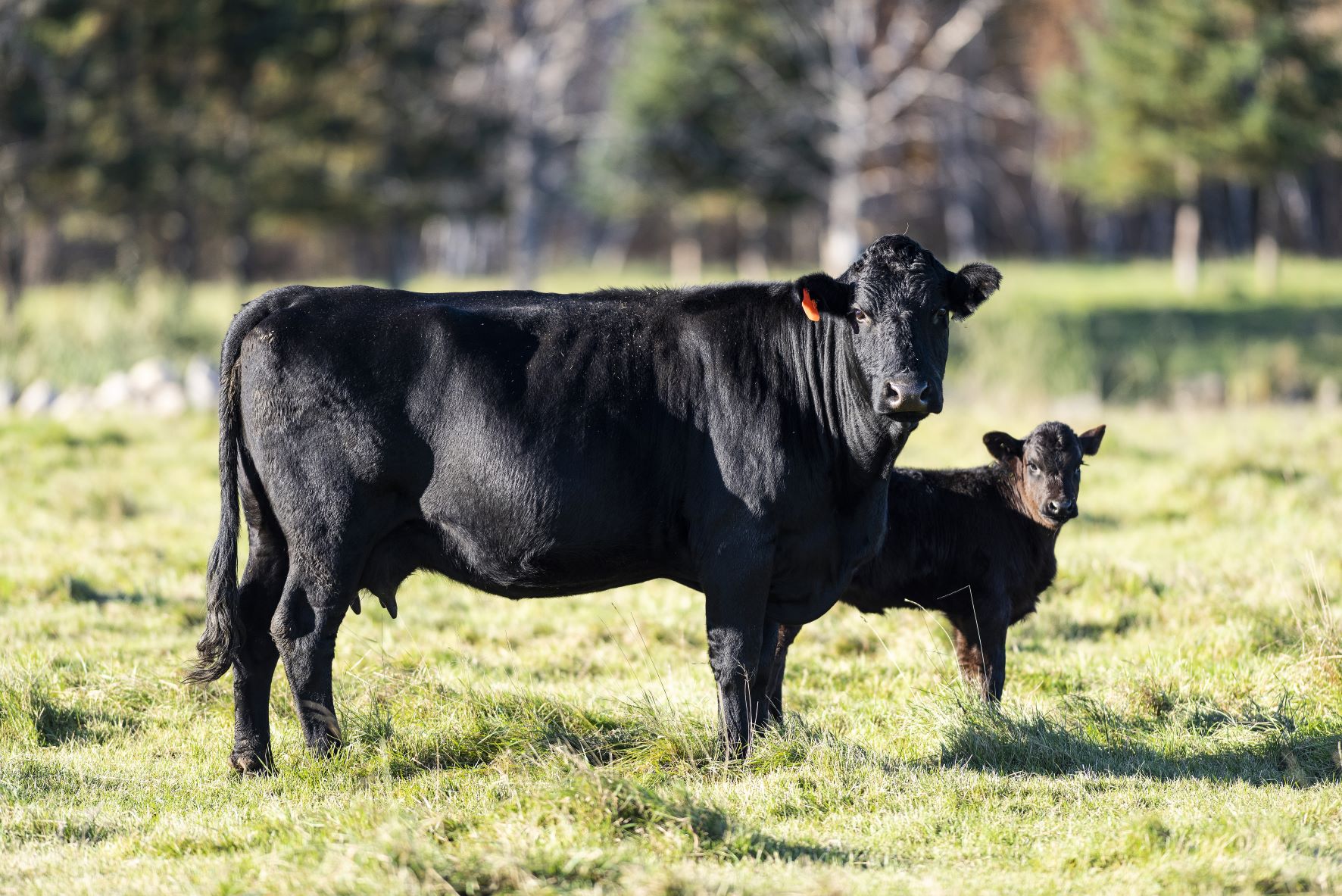Scour your calves for this condition
13 Jul 2021
 PRODUCTION ADVICE - JULY 2021 - ANIMAL WELFARE
PRODUCTION ADVICE - JULY 2021 - ANIMAL WELFARE
By Eve Hall
District Veterinarian
M: 0439 078 989 | E: eve.hall@lls.nsw.gov.au
 Calf scours (diarrhoea) most commonly affects beef calves during the first six weeks of life. An outbreak of scours can be time-consuming, expensive to treat, and can result in significant losses of up to 10 per cent of calves born. Outbreaks are difficult to control, so prevention and careful management of your calving herd are important when it comes to avoiding calf scours.
Calf scours (diarrhoea) most commonly affects beef calves during the first six weeks of life. An outbreak of scours can be time-consuming, expensive to treat, and can result in significant losses of up to 10 per cent of calves born. Outbreaks are difficult to control, so prevention and careful management of your calving herd are important when it comes to avoiding calf scours.
Scours in young calves can be caused by several viruses, bacteria and protozoa. Calf age, immunity, and environmental contamination are all factors that can contribute to an outbreak. Affected calves develop white or yellow diarrhoea, which is often foul-smelling, show lethargy, and can become rapidly dehydrated. Treatment is often quite involved and you should consult a veterinarian.
Prevention is key, with the aim to have healthy, vigorous calves with good immunity in a low-contamination environment.
To reduce the risk of calf scours in your herd:
Maximise calf immunity
Calves rely on colostrum (first milk) from the dam for protection against disease early in life. The window for effective colostrum intake is limited to the first 12-24 hours after birth, so it’s important to facilitate this.
- Maximise colostrum intake: We want to avoid calving difficulties, which are a major cause of poor colostrum intake. Practise sound bull selection and good calving herd management to ensure calving goes smoothly. Select for cows with good mothering ability, and provide recently calved cows with adequate undisturbed time to bond with their calf.
- Maximise colostrum quality: Pre-calving nutrition is important for the production of adequate good-quality colostrum, especially in heifers. Avoid under-nutrition in the last trimester, and aim to calve in body condition 2-5-3.5.
NOTE: Calves born to first-calf heifers can be more at risk of calf scours due to the challenges of first-time mothering and reduced quantity and/or quality of colostrum compared to those of older cows.
Provide a clean calving environment
Avoid calving in wet, muddy, or heavily manure-contaminated paddocks or yards. Consider which paddocks you’ll likely use for calving mobs and spell accordingly. Avoid overstocking calving paddocks, and consider upgrading high-traffic areas such as dams and water troughs to prevent muddy, dirty areas.
Prevent the spread of disease
Rapidly identify and isolate unwell calves from the rest of the calving herd to prevent spread of infection. Practise good hygiene and disinfect yourself and equipment after handling unwell calves. Do not introduce recently purchased stock to calving mobs or mobs with calves under six weeks age.
Should you vaccinate for calf scours?
There are vaccinations available to aid in the prevention of calf scours. Pregnant females can be given two doses of vaccine in the latter months of pregnancy. Vaccines can offer some protection against certain bacterial and viral causes of calf scours by boosting antibody levels available to the calf in the dam’s colostrum. While vaccination can be helpful in the prevention of calf scours, it does not negate the critical importance of good calving herd management as discussed above.
If you identify a calf scours problem in your herd, you should contact a veterinarian to help investigate the cause and any underlying factors. Management of an outbreak can be challenging, so early and rapid intervention is critical for minimising impact and losses.
Further resources: